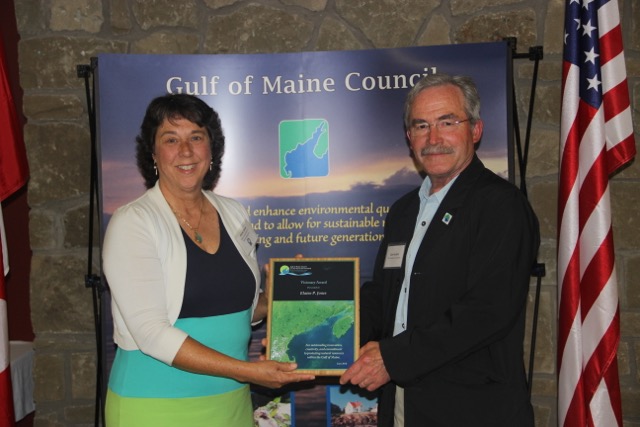The deaths of dozens of whales may be the result of a migration to less-protected areas because of lack of food in the Gulf of Maine.
August 15, 2017 — The North Atlantic right whale, the world’s second most endangered marine mammal, is having a catastrophic year in the waters off New England and Atlantic Canada, and scientists from Maine to Newfoundland are scrambling to figure out why.
At least a dozen right whales have been found dead this summer in the worst die-off researchers have recorded, a disastrous development for a species with a worldwide population of about 500.
“Just imagine you put 500 dollars in the bank, and every time you put five in, the bank takes 15 out,” says Moira Brown, a right whale researcher with the New England Aquarium who is based in Campobello Island, New Brunswick. “This is a species that has not been doing well, even before we had all the dead whales this summer.”
Canadian authorities have documented 12 dead whales in the Gulf of St. Lawrence since June 7, though it’s possible that two carcasses that weren’t recovered after their initial sighting were counted twice. Two more of the rare, slow-moving whales were found dead off Nantucket and Martha’s Vineyard, bringing this summer’s mortality to between 12 and 14 whales, more than 3 percent of their total population.
Humans appear to have been the immediate cause of at least some of the deaths. Necropsy results have been issued for just four of the whales found off Canada, showing one had become entangled in snow crab fishing gear and three were apparently struck by ships.
The whales deaths have prompted Canadian officials to impose emergency restrictionson shipping and snow crab fishermen in parts of the Gulf of St. Lawrence – the vast body of water bounded by New Brunswick, Nova Scotia, Newfoundland, Labrador and eastern Quebec – and an urgent effort by researchers to figure out what happened.

